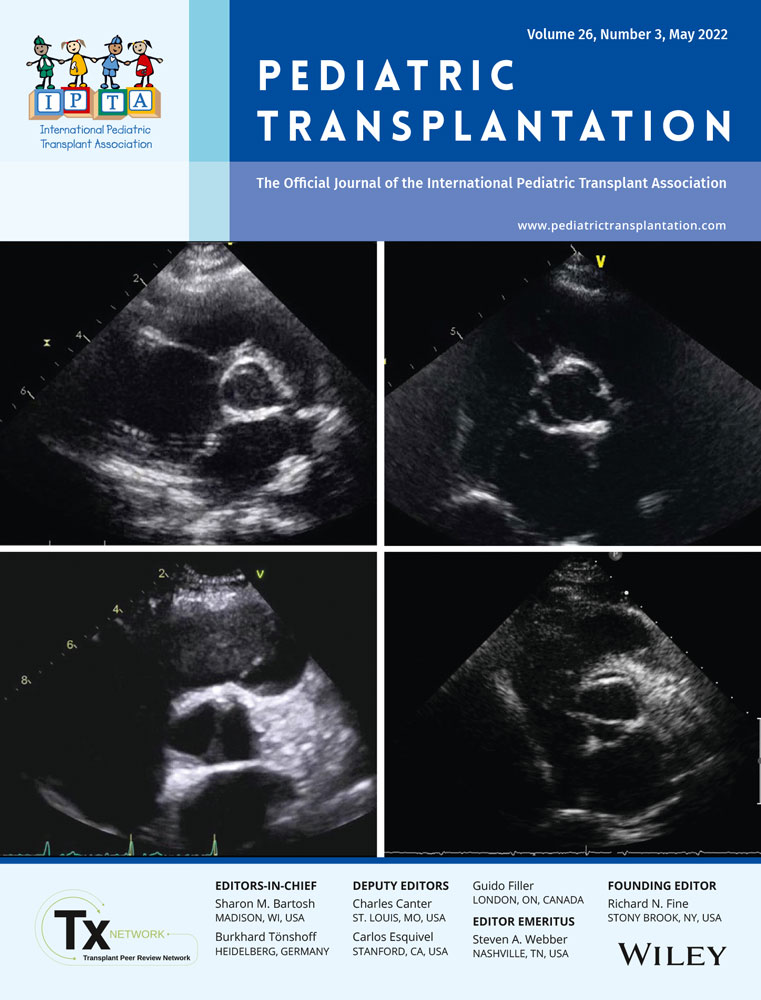Body composition correlates with laboratory parameters and disease severity in infants with biliary atresia
Luba Marderfeld and Orith Waisbourd-Zinman shared the first authorship.
Yael Mozer and Raanan Shamir shared the last authorship.
Funding information
None declared
Abstract
Aim
Infants with biliary atresia (BA) generally have chronic malnutrition. However, the best anthropometric measure to assess malnutrition and its correlation with disease severity is unknown. We aimed to assess correlations of various anthropometric measurements, including air displacement plethysmography (ADP), with laboratory parameters and with the pediatric end-stage liver disease (PELD) score in infants with BA.
Methods
Infants with BA were followed at a pediatric liver transplantation center during 2014–2018. Follow-up comprised laboratory tests and nutritional assessment by a dietitian including dietary intake, weight, height, mid-upper arm circumference (MUAC), and skin-fold thickness. Fat-free mass (FFM) and fat mass (FM) were measured by ADP.
Results
Forty-three nutritional evaluations were performed in 28 infants with BA (13 boys, 44.4%). The median age was 20.7 weeks (IQR: 13–25.9). Based on the various anthropometry modalities, infants with BA were found to be malnourished on most of the visits; 63% had a MUAC-Z score lower than −2 standard deviations. High serum bilirubin level predicted lower weight for age, length for age, and MUAC-Z. Lower MUAC-Z was associated with a higher PELD score. Neither FM mass nor FFM correlated with PELD or with serum bilirubin level. However, FM correlated with skin-fold thickness-Z and was low in most patients.
Conclusions
The majority of BA infants suffer from malnutrition as assessed by most anthropometrics modalities; low MUAC correlated best with disease severity and serum bilirubin level. Further studies are warranted to determine the contribution of FM measurement by ADP to the anthropometric assessment of infants with BA.
CONFLICT OF INTEREST
None declared.
Open Research
DATA AVAILABILITY STATEMENT
The data that support the findings of this study are available on request from the corresponding author.




